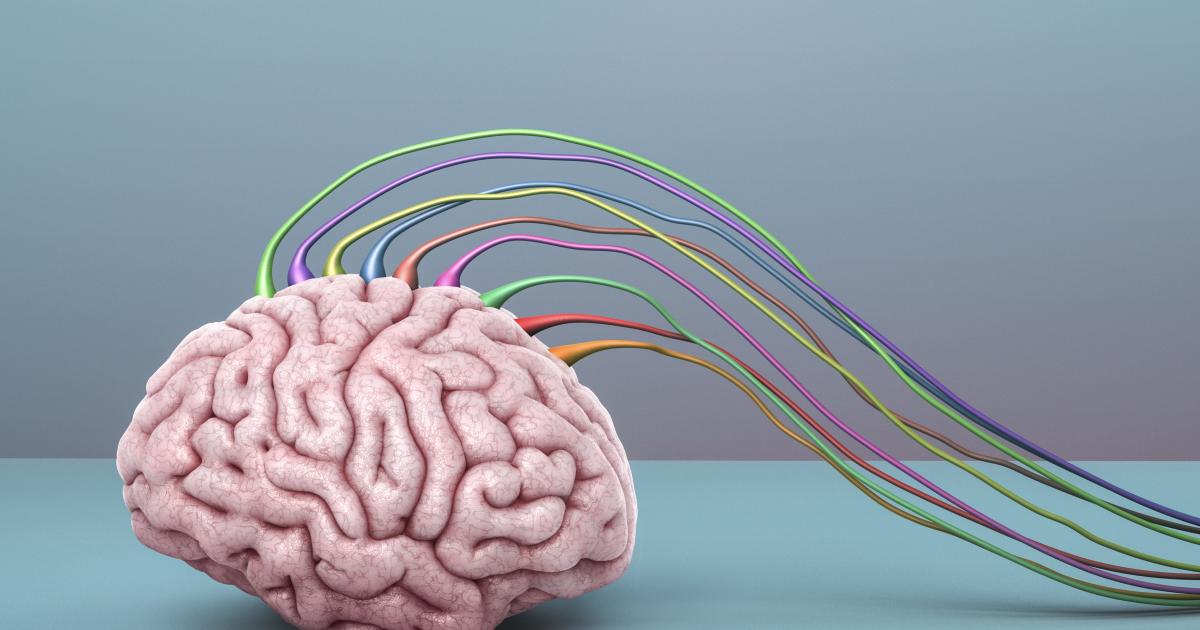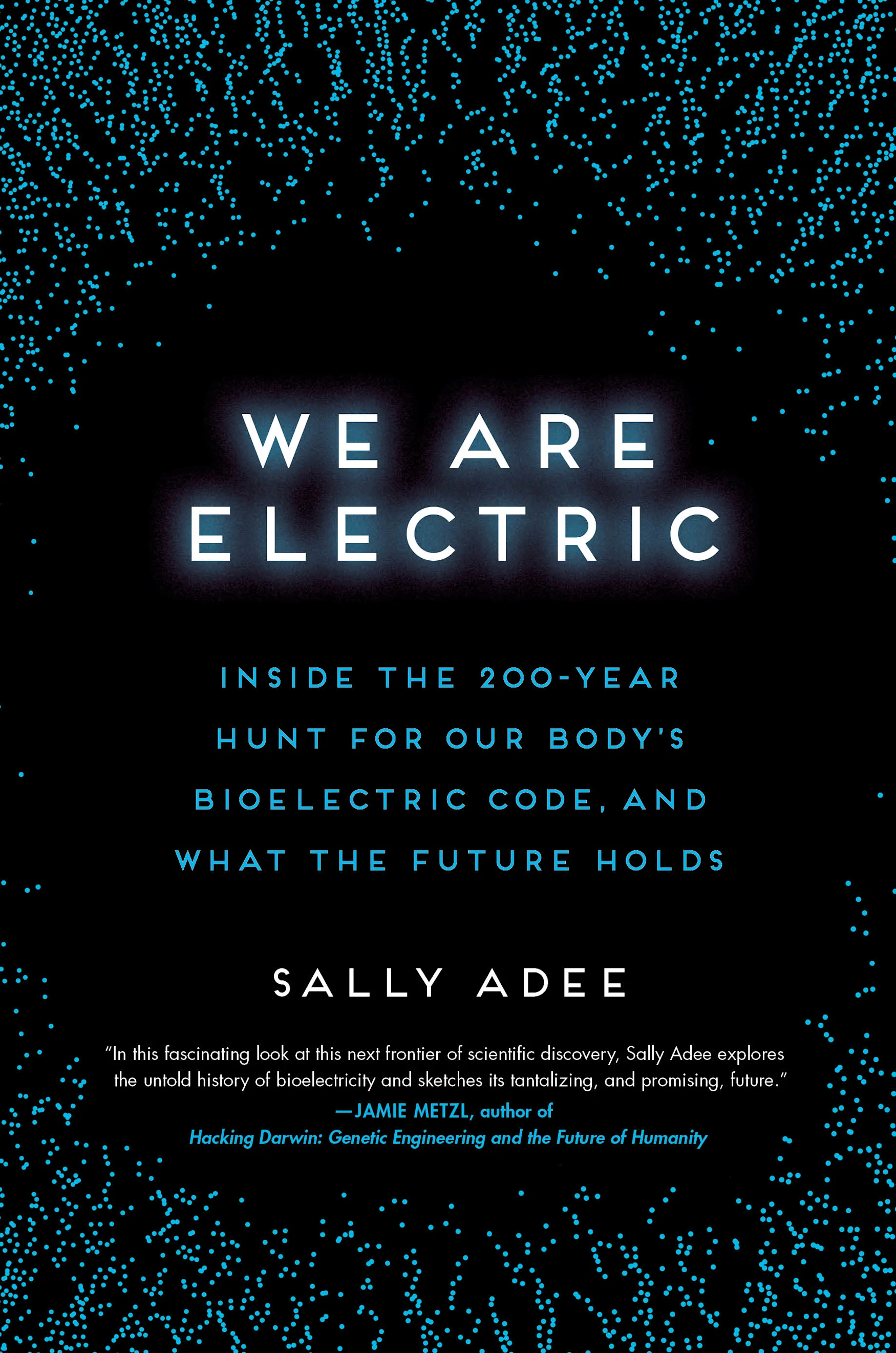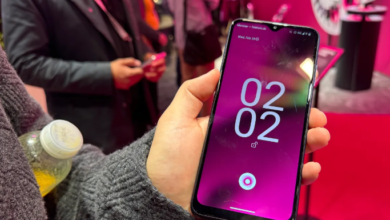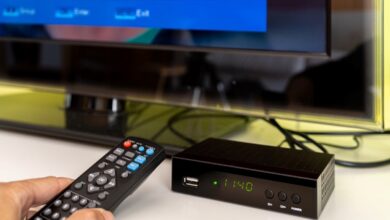Hitting the Books: Could we zap our brains into leading healthier lives? | Engadget

Deep Brain Stimulation therapies have proven an invaluable treatment option for patients suffering from otherwise debilitating diseases like Parkinson’s. However, it — and its sibling tech, brain computer interfaces — currently suffer a critical shortcoming: the electrodes that convert electron pulses into bioelectric signals don’t sit well with the surrounding brain tissue. And that’s where folks with the lab coats and holding squids come in! In We Are Electric: Inside the 200-Year Hunt for Our Body’s Bioelectric Code, and What the Future Holds, author Sally Adee delves into two centuries of research into an often misunderstood and maligned branch of scientific discovery, guiding readers from the pioneering works of Alessandro Volta to the life-saving applications that might become possible once doctors learn to communicate directly with our body’s cells.

Hachette Books
Excerpted from We Are Electric: Inside the 200-Year Hunt for Our Body’s Bioelectric Code, and What the Future Holds by Sally Adee. Copyright © 2023. Available from Hachette Books, an imprint of Hachette Book Group, Inc.
Lost in translation
“There’s a fundamental asymmetry between the devices that drive our information economy and the tissues in the nervous system,” Bettinger told The Verge in 2018. “Your cell phone and your computer use electrons and pass them back and forth as the fundamental unit of information. Neurons, though, use ions like sodium and potassium. This matters because, to make a simple analogy, that means you need to translate the language.”
“One of the misnomers within the field actually is that I’m injecting current through these electrodes,” explains Kip Ludwig. “Not if I’m doing it right, I don’t.” The electrons that travel down a platinum or titanium wire to the implant never make it into your brain tissue. Instead, they line up on the electrode. This produces a negative charge, which pulls ions from the neurons around it. “If I pull enough ions away from the tissue, I cause voltage-gated ion channels to open,” says Ludwig. That can — but doesn’t always — make a nerve fire an action potential. Get nerves to fire. That’s it — that’s your only move.
It may seem counterintuitive: the nervous system runs on action potentials, so why wouldn’t it work to just try to write our own action potentials on top of the brain’s own ones? The problem is that our attempts to write action potentials can be incredibly ham-fisted, says Ludwig. They don’t always do what we think they do. For one thing, our tools are nowhere near precise enough to hit only the exact neurons we are trying to stimulate. So the implant sits in the middle of a bunch of different cells, sweeping up and activating unrelated neurons with its electric field. Remember how I said glia were traditionally considered the brain’s janitorial staff? Well, more recently it emerged that they also do some information processing—and our clumsy electrodes will fire them too, to unknown effects. “It’s like pulling the stopper on your bathtub and only trying to move one of three toy boats in the bathwater,” says Ludwig. And even if we do manage to hit the neurons we’re trying to, there’s no guarantee that the stimulation is hitting it in the correct location.
To bring electroceuticals into medicine, we really need better techniques to talk to cells. If the electron-to-ion language barrier is an obstacle to talking to neurons, it’s an absolute non-starter for cells that don’t use action potentials, like the ones that we are trying to target with next-generation electrical interventions, including skin cells, bone cells, and the rest. If we want to control the membrane voltage of cancer cells to coax them back to normal behavior; if we want to nudge the wound current in skin or bone cells; if we want to control the fate of a stem cell—none of that is achievable with our one and only tool of making a nerve fire an action potential. We need a bigger toolkit. Luckily, this is the objective for a fast-growing area of research looking to make devices, computing elements, and wiring that can talk to ions in their native tongue.
Several research groups are working on “mixed conduction,” a project whose goal is devices that can speak bioelectricity. It relies heavily on plastics and advanced polymers with long names that often include punctuation and numbers. If the goal is a DBS electrode you can keep in the brain for more than ten years, these materials will need to safely interact with the body’s native tissues for much longer than they do now. And that search is far from over. People are understandably beginning to wonder: why not just skip the middle man and actually make this stuff out of biological materials instead of manufacturing polymers? Why not learn how nature does it?
It’s been tried before. In the 1970s, there was a flurry of interest in using coral for bone grafts instead of autografts. Instead of a traumatic double-surgery to harvest the necessary bone tissue from a different part of the body, coral implants acted as a scaffold to let the body’s new bone cells grow into and form the new bone. Coral is naturally osteoconductive, which means new bone cells happily slide onto it and find it an agreeable place to proliferate. It’s also biodegradable: after the bone grew onto it, the coral was gradually absorbed, metabolized, and then excreted by the body. Steady improvements have produced few inflammatory responses or complications. Now there are several companies growing specialized coral for bone grafts and implants.
After the success of coral, people began to take a closer look at marine sources for biomaterials. This field is now rapidly evolving — thanks to new processing methods which have made it possible to harvest a lot of useful materials from what used to be just marine waste, the last decade has seen an increasing number of biomaterials that originate from marine organisms. These include replacement sources for gelatin (snails), collagen (jellyfish), and keratin (sponges), marine sources of which are plentiful, biocompatible, and biodegradable. And not just inside the body — one reason interest in these has spiked is the effort to move away from polluting synthetic plastic materials.
Apart from all the other benefits of marine-derived dupes, they’re also able to conduct an ion current. That was what Marco Rolandi was thinking about in 2010 when he and his colleagues at the University of Washington built a transistor out of a piece of squid.
All products recommended by Engadget are selected by our editorial team, independent of our parent company. Some of our stories include affiliate links. If you buy something through one of these links, we may earn an affiliate commission. All prices are correct at the time of publishing.
[ad_2]Share this news on your Fb,Twitter and Whatsapp
Times News Network:Latest News Headlines
Times News Network||Health||New York||USA News||Technology||World News





